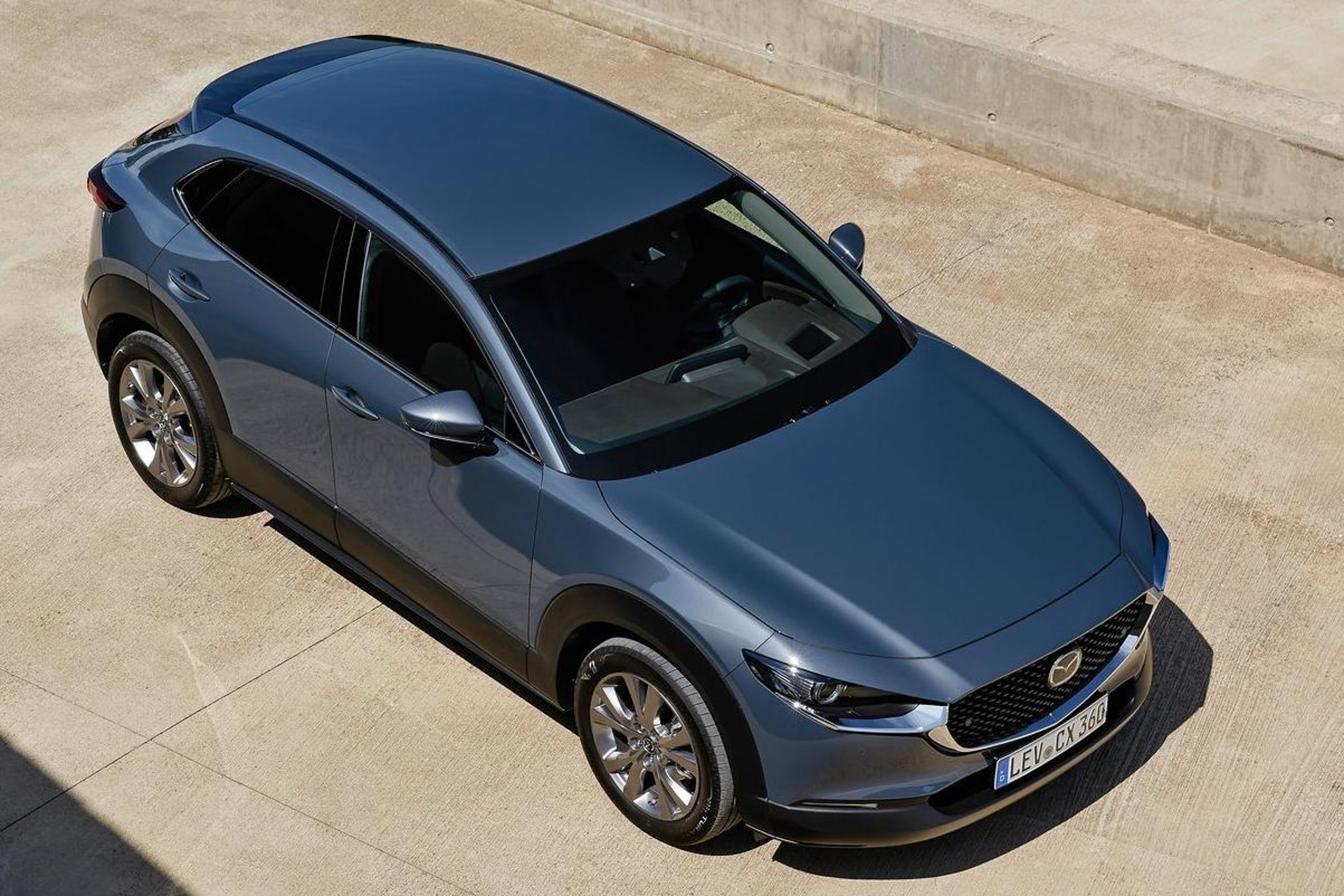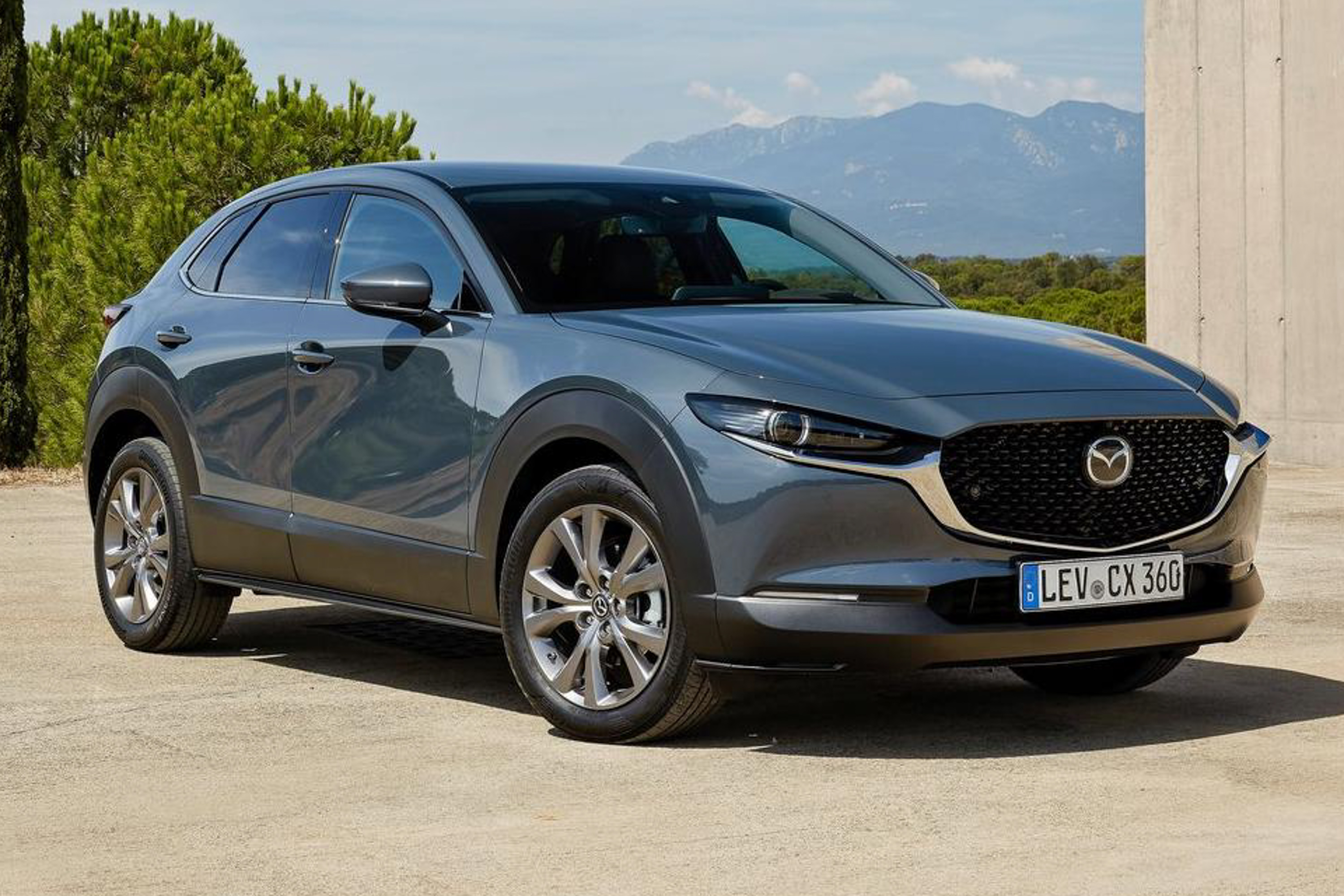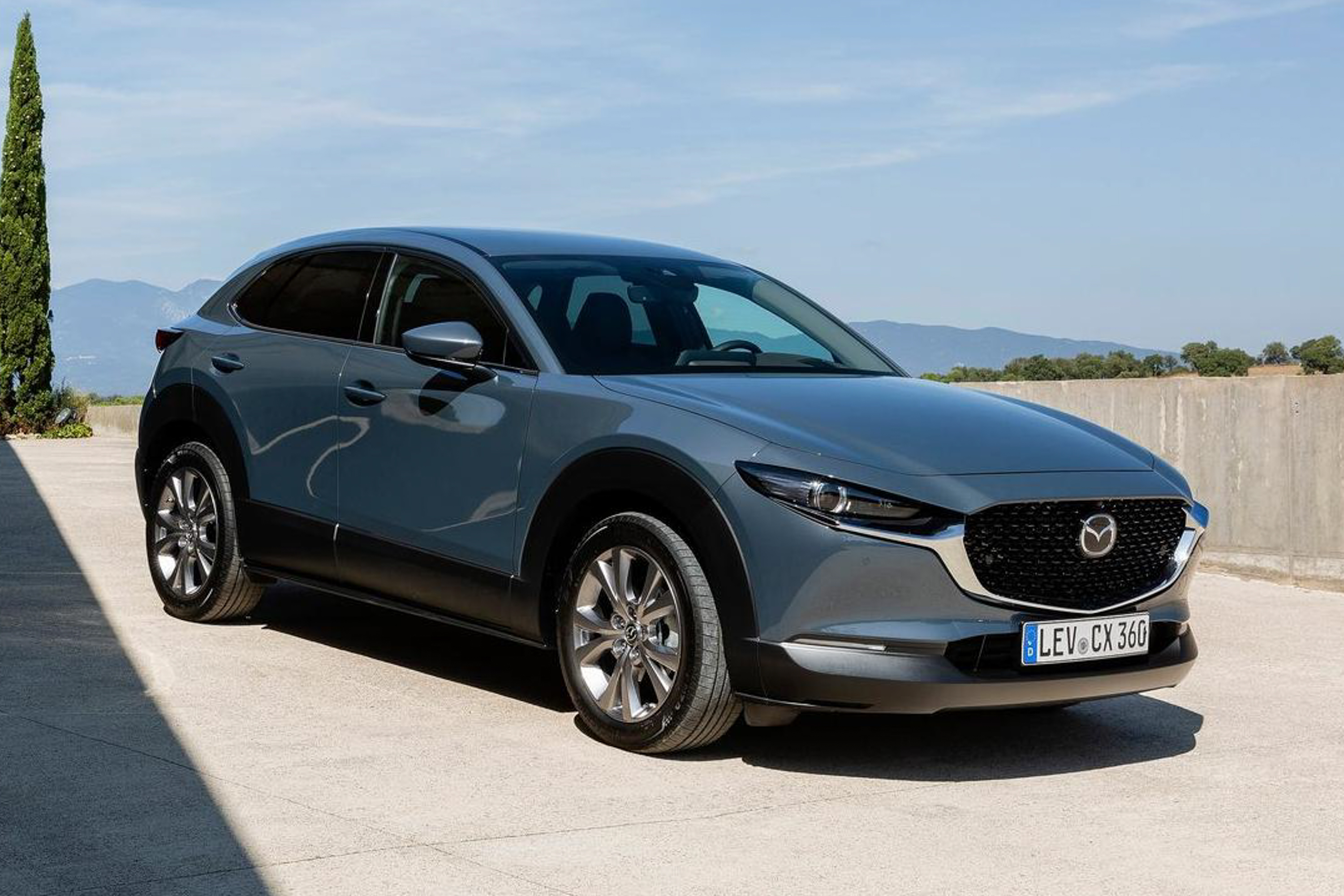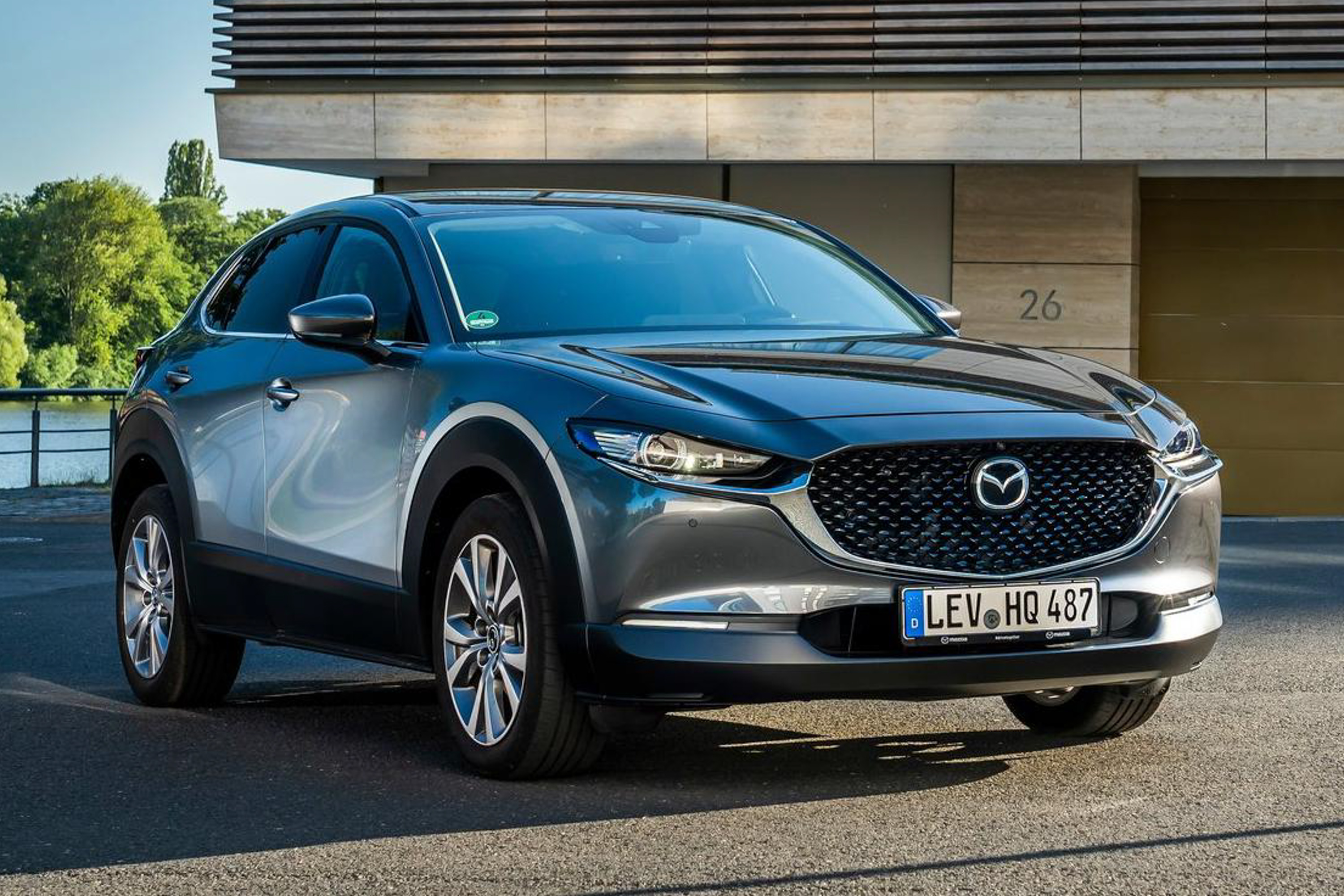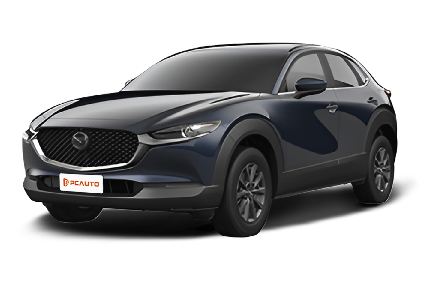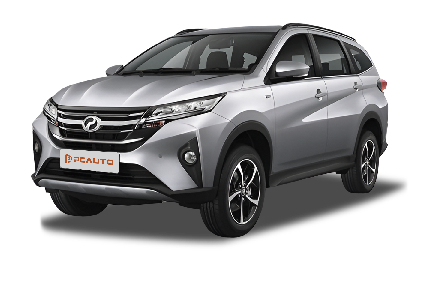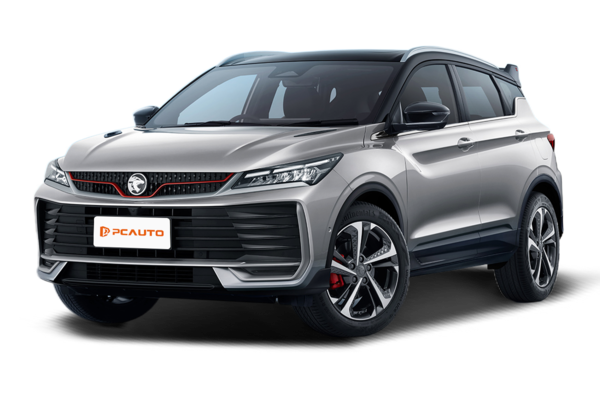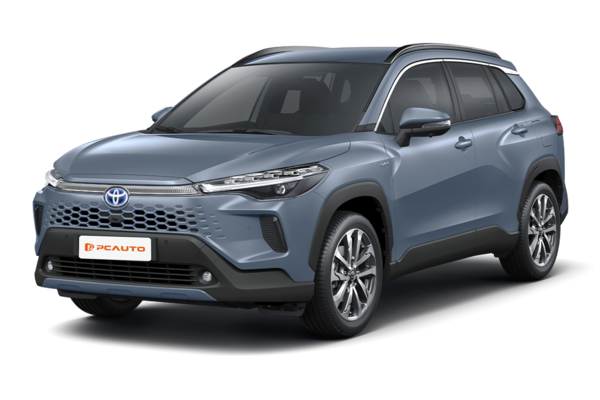Q
How to replace the rear windshield wiper of Mazda CX-30?
Changing the rear wiper on a Mazda CX-30 is actually super straightforward. First off, you’ll need to grab a replacement rear wiper blade that’s specifically made for the CX-30. I’d recommend sticking with OEM parts or certified third-party brands to make sure it fits right and lasts—with Malaysia’s tropical weather, rubber tends to degrade pretty quickly, so checking or swapping it out every 6-12 months is a good idea.
When it’s time to replace, start by lifting the wiper arm up until it’s vertical. Look for the little clip where the blade connects to the arm—just press the tab or slide the lock, and the old blade should pop right off. For the new one, line it up with the slot and push until you hear a solid “click”—that means it’s locked in place. Then just gently lower the arm back down.
Quick tip: While you’re doing this, be careful not to let the wiper arm snap back suddenly and crack the rear windshield. Tucking a towel under it for padding is a smart move.
Also, don’t sleep on wiper blade maintenance! Wiping the rubber strip with a damp cloth regularly can help it last longer. Since Malaysia gets so much rain, splurging on blades with a graphite or silicone coating might be worth it—they usually wipe quieter and hold up better in the humidity. If you notice streaks, skipping, or the blade not clearing the glass well, it might be oil buildup on the windshield (try a glass cleaner or de-greaser first) or the blade itself is worn out. If cleaning doesn’t fix it, it’s time for a new blade.
Q
What type gasoline does Mazda CX 30 require?
For the Malaysian market, the Mazda CX-30 is recommended to run on RON 95 unleaded petrol. This isn't just a random suggestion – it's the manufacturer's tested and approved choice, perfectly matched to local fuel standards. It ensures the Skyactiv-G engine performs at its efficient best while keeping running costs in check. Now, some drivers might think splashing out on RON 97 will unlock more performance, but here's the thing: with the CX-30's specific compression ratio tuning, RON 95 is more than up to the task. Slapping a higher octane fuel in there unnecessarily could actually lead to carbon buildup issues due to differences in combustion characteristics.
Living in Malaysia's hot and humid climate, it's a good idea to regularly use the original fuel system cleaner to keep the fuel lines gunk-free. Also, try not to let your fuel tank run too low for extended periods. Why? That humid air can condense inside and potentially cause corrosion in the fuel system over time. If you've got the turbocharged CX-30 (if it's available there), pay extra attention – always stick strictly to the fuel grade specified by Mazda. Different powertrains can have different octane needs, so don't take chances.
And no matter which petrol you go for, always hit up reputable petrol stations. Cheap, low-quality fuel is a false economy. It can cause engine knocking, mess up your oxygen sensors, and in the long run, end up costing you a lot more in repairs.
Q
How to turn off the auto parking brake of Mazda CX-30?
To disengage the Automatic Parking Brake on your Mazda CX-30, first make sure the vehicle is running and shifted into Park (P). Then, gently press the brake pedal while pushing the electronic parking brake button—you’ll usually find this on the center console near the driver’s seat. The parking brake indicator light on the dashboard should go off, letting you know it’s successfully released.
A quick heads-up: the auto parking brake typically kicks in automatically when you turn off the engine or shift into P. Conversely, it’ll release on its own when you shift into Drive (D) or Reverse (R) and tap the gas pedal—smart touches that boost both safety and convenience.
For our Malaysian drivers, the humid, rainy weather can sometimes affect brake sensitivity. It’s a good idea to regularly check your brake pads and fluid levels to keep everything working smoothly. Also, the CX-30’s electronic parking brake pairs with the Hill Launch Assist (HLA) system, which stops the car from rolling backward when starting on a slope. If you ever notice a delay in how the system responds, try restarting the vehicle first, or reach out to an authorized service center for a proper check.
Q
How to activate the All-Wheel Drive (i-Activ AWD) system of Mazda CX-30?
Engaging AWD on the Mazda CX-30 happens automatically—no need to flip any switches. That's because this crossover comes equipped with Mazda's i-ACTIV AWD system, which smartly shuffles power between the front and rear wheels based on road conditions and how you're driving. Its whole job is to maximize grip and keep things stable, like when you hit a slippery patch or need a quick burst of acceleration, in which case it'll send more oomph to the rear tires.
For drivers here in Malaysia, this setup is a real plus given our unpredictable roads. Whether it's the slick surfaces during monsoon season or those occasional rough patches, the system has your back. To keep it performing at its best, just make a habit of checking your tire pressure regularly and keeping an eye on the AWD system's status. And hey, try not to push it too hard in extreme conditions for extended periods—common sense goes a long way.
Now, it's worth remembering that while AWD boosts handling confidence, it doesn't rewrite the laws of physics. You still need to stick to safe speeds and drive sensibly. There's also a slight trade-off in fuel economy with AWD, but for most Malaysian road scenarios, the extra security and stability it delivers are totally worth that small compromise. If you ever have questions about how the system works, your best bet is to crack open the owner's manual or swing by an authorized Mazda Malaysia service center for the lowdown from the pros.
Q
How to adjust the seats of Mazda CX 30?
To adjust the seats in your Mazda CX-30, start by locating the adjustment levers or buttons on the side of the seat. For manual adjustments, simply lift the lever and slide the seat forward or backward until you find your sweet spot. If you've got power seats, use the buttons on the side to tweak the fore/aft position, height, and backrest angle. Ensure your knees are slightly bent and you can easily reach all pedals. Also, adjust the seat height so that the top of the steering wheel does not obstruct your view of the instrument cluster. The headrest should be centered to cradle the back of your head for proper support. Given Malaysia's hot weather, a breathable seat cushion can work wonders for comfort too. Quick tip: regularly check that the seat rails are fully engaged in their locking positions to prevent any unwanted sliding while driving. Drivers of all sizes can take advantage of the CX-30's lumbar support adjustment to cut down on fatigue during long hauls. Getting your seat setup right isn't just about comfort—it boosts driving safety and keeps things ergonomic.
Q
What's the price of Mazda CX-30?
The Mazda CX-30's pricing in Malaysia varies depending on the trim level and specifications, typically ranging from around RM140,000 to RM160,000. For the most up-to-date figures and any ongoing promotions, it's best to check with your local authorized Mazda dealer.
As a compact SUV, the CX-30 has struck a chord with many young families, thanks to its sleek Kodo design language and premium interior materials. Under the hood, the Skyactiv-G engine delivers a smooth and refined driving experience, while the standard i-Activsense safety suite – which includes adaptive cruise control and lane-keeping assist, among other features – adds an extra layer of confidence on the road.
In the Malaysian market, the CX-30 goes head-to-head with rivals like the Honda HR-V and Toyota Corolla Cross. However, Mazda sets itself apart by emphasizing driving dynamics and a more upscale cabin ambiance, making it a solid pick for buyers who value personality and quality.
It's worth keeping in mind that car prices in Malaysia can be influenced by import duties, sales taxes, and dealer-specific offers. As such, the final transaction price might differ. Before making a decision, I'd recommend shopping around at a few dealerships to compare quotes, and also keep an eye out for attractive add-ons like interest-free installment plans or complimentary service packages.
Q
Which model of Mazda CX 30 is equipped with a sunroof?
In the current Malaysian market, the higher-spec variants of the Mazda CX-30 – specifically the 2.0L High and 2.0L High Plus – come equipped with a power sunroof. This stands out as one of the key highlights in the model's local configuration, offering improved cabin lighting and better ventilation. If a sunroof is high on your priority list, these two trims are the way to go. They also pack in extra luxury touches like a BOSE sound system and leather seats, which really up the comfort factor for daily drives.
It’s worth keeping in mind, though, Malaysia’s hot and rainy climate might affect how often you actually use that sunroof. I’d recommend regularly checking the sunroof’s rubber seals and drainage holes to prevent leaks caused by clogged leaves or dirt – trust me, dealing with water in the cabin is never fun.
Another thing to consider: while a sunroof does boost that airy, open feel inside, it can slightly compromise body rigidity and add a bit of extra weight. If sharp handling is your main focus, you’ll want to weigh that trade-off carefully.
Of course, rivals like the Honda HR-V or Toyota Corolla Cross offer similar features in their lineups too. My advice? Take the time to cross-shop based on your real-world needs and budget before making a final call.
Q
How to set the memory seats in Mazda CX-30?
To set the memory seat function in your Mazda CX-30, first ensure the ignition is switched on (engine start is not required). Then, adjust the driver's seat, steering wheel, and outside mirrors to your preferred positions. Press and hold the "SET" button located on the driver's door panel until you hear an audible tone. Within 5 seconds, press and hold the desired memory button (1 or 2) to store the settings. A confirmation beep will sound once the position is successfully saved. You can then recall these settings by briefly pressing the corresponding memory button. This memory function can be linked to a specific key fob. After pressing the SET button and hearing the initial tone, press the unlock button on the key fob you wish to program within 5 seconds. When you subsequently unlock the vehicle with that key fob, it will automatically adjust the seat to the memorized position. For users in Malaysia, the tropical climate with consistently high temperatures and humidity may impact the long-term durability of electric seat mechanisms. Regular cleaning of the seat rails and avoiding immediate, frequent adjustments after the vehicle has been subjected to extreme heat are recommended to maintain optimal function. If the memory function fails, you can attempt to reset the system by disconnecting the vehicle's negative battery terminal for 30 seconds. Should the problem continue, please contact an authorized Mazda service center for inspection and repair. Any unauthorized disassembly of the seat's electronic components may void the vehicle's warranty.
Q
How to open the engine hood of Mazda CX 30?
To pop the hood on your Mazda CX-30, start by locating the hood release lever down by the driver's left foot, usually near the pedals. Give it a pull and you'll hear a faint "pop" as the hood unlatches slightly. Then head to the front of the car, reach your hand into the center of the hood's leading edge, and you'll feel the secondary release lever. Push it up or nudge it to the side, and gently lift the hood. If it feels a bit heavy, use both hands on either side to lift it slowly—safety first, folks.
Living with Malaysia's hot, rainy weather means keeping a closer eye under the hood. Make it a habit to check fluid levels regularly: engine oil, brake fluid, coolant—you know the drill. Coolant tends to evaporate faster in the heat, so always ensure it's sitting between the MAX and MIN marks. Also, take a quick look at the belts for any cracks; that relentless heat can really speed up rubber wear and tear.
The CX-30's engine bay is pretty tight, but Mazda did a solid job with clear labels on key spots like the oil filler cap, coolant reservoir, and brake fluid bottle. That makes basic checks easy enough for most owners to handle themselves. But when it comes to more complex maintenance? Do yourself a favor and swing by a Mazda authorized service center. Trust me, you want their pro tools and genuine parts to keep your CX-30 running right.
Q
What are the differences between Mazda CX-5 and CX-30?
The Mazda CX-5 and CX-30 are two SUVs with distinct personalities, each carved out for different kinds of drivers. The key differences boil down to size, interior space, and what you'll mainly use them for.
The CX-5 is your classic compact SUV. It's bigger all around, with a longer wheelbase that translates to roomier back seats and a more generous cargo area. This one's a no-brainer for families or anyone who regularly hauls stuff—think weekend getaways or grocery runs that turn into bulk-shopping sprees. It also steps up the game with more available features, like all-wheel drive on select trims, which is a nice bonus for those who need a bit more confidence behind the wheel.
Then there's the CX-30. It's more of a crossover, sitting closer to a subcompact SUV in terms of dimensions. That means it's nimbler, a breeze to zip around city streets, and offers sharper handling. The trade-off? Tighter rear legroom and a smaller trunk, making it better suited for singles, couples, or small families who don't need maximum cargo capacity.
Under the hood, both share Mazda's Skyactiv technology, which delivers solid fuel efficiency and that engaging driving feel Mazda's known for. Where they differ is in power options: the CX-5 gives you more choices, including a 2.5L naturally aspirated engine and a peppy turbocharged version. The CX-30, on the other hand, sticks mainly with the 2.0L engine, which is plenty for daily driving.
Over in Malaysia, the CX-5 typically commands a higher price tag, targeting buyers with a bigger budget who prioritize space and versatility. The CX-30, meanwhile, is aimed at younger folks who value sleek, sporty design and easy urban maneuverability without breaking the bank.
Both SUVs wear Mazda's striking Kodo design language proudly and feature high-quality interiors that punch above their weight class. At the end of the day, it all comes down to your lifestyle—do you need the CX-5's extra space and power, or is the CX-30's agility and style a better fit?
